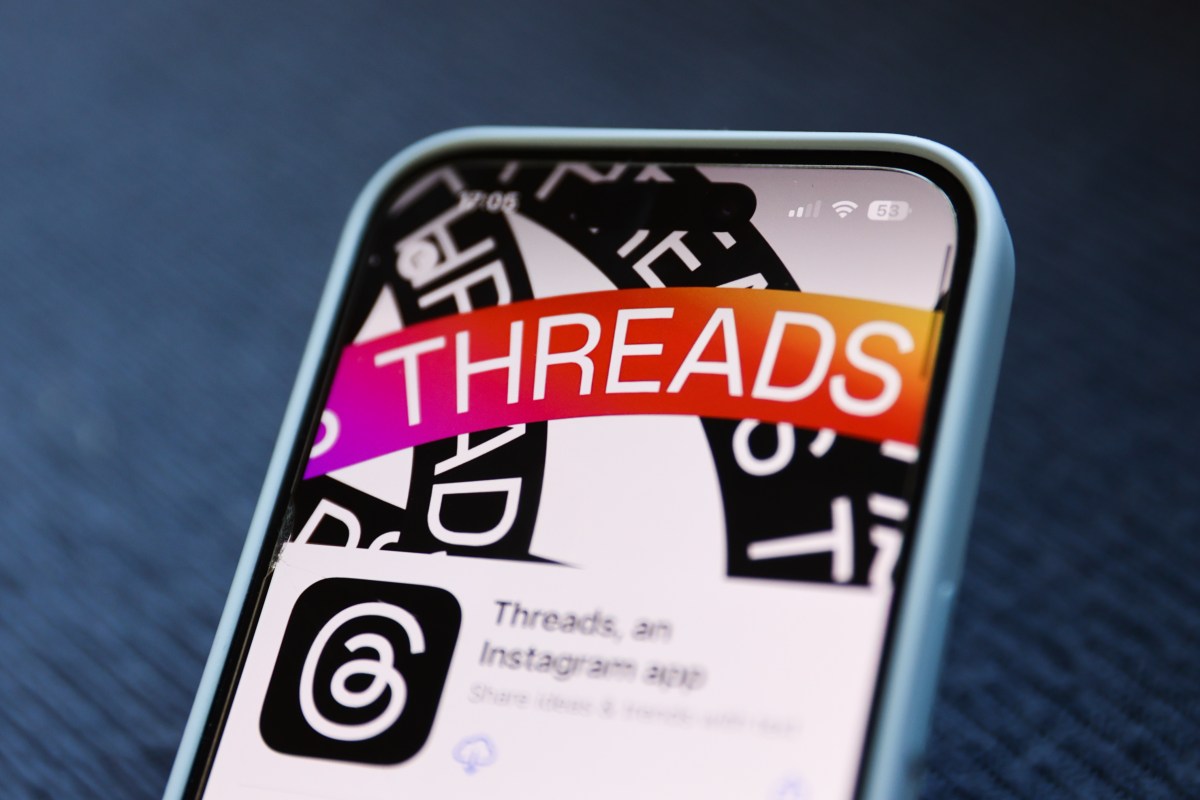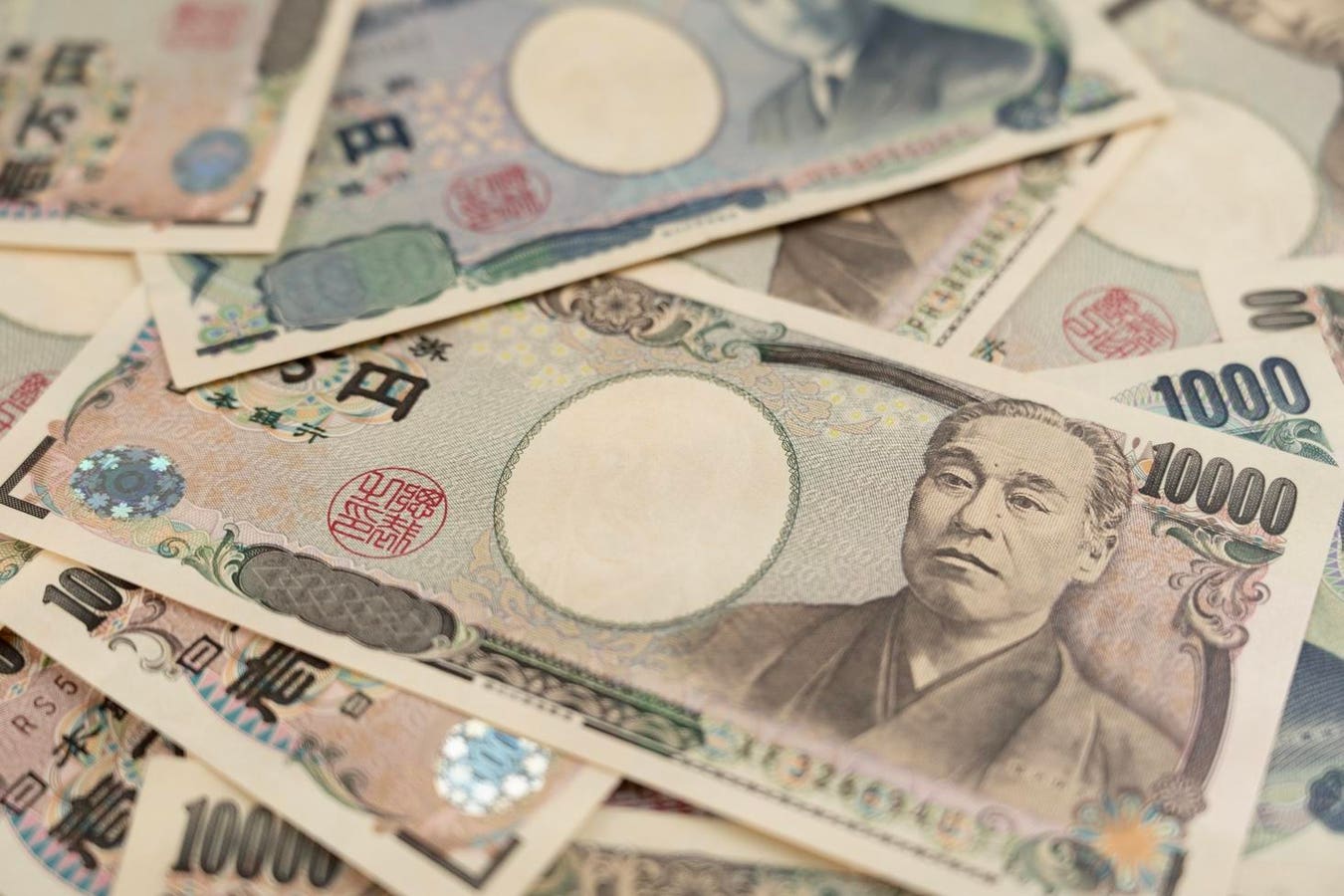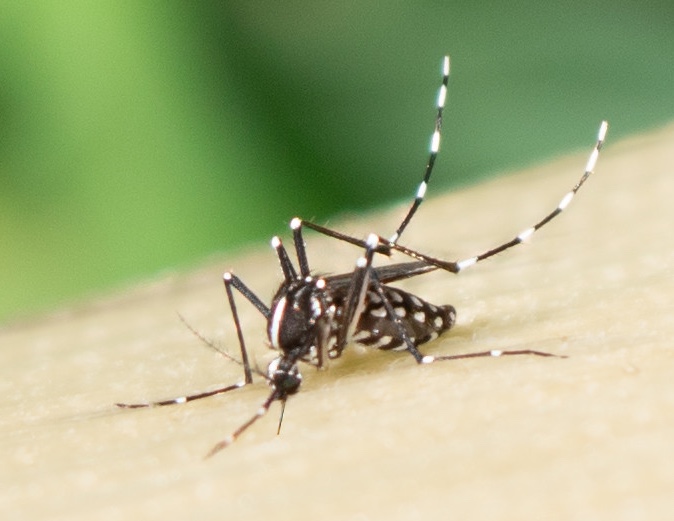Earlier this week, Instagram Threads launched what the company said was its most-requested feature to date: direct messages (DMs). However, the company is now facing a bit of a user backlash over the addition, as users, primarily women, are arguing that there should be a way to opt out of DMs entirely, citing harassment concerns.
Although DMs are a part of other social networks similar to Threads, including X, Bluesky, Mastodon, and others, some Threads users appreciated that they were not an option previously.
“I don’t want to receive DM’s. How do I shut this thing off? I ask on behalf of all women,” one Threads user posted on the platform.
“Great. More ways for women to get harassed online,” said another.
“Congrats on adding a feature only stalkers were interested in,” chimed in a third.
Many others replied to the announcement about DMs, which was shared on Threads by Instagram head Adam Mosseri. Across dozens of posts, some of these users wrote they didn’t want DMs or claimed that “nobody asked for this.” One person pointed to a poll with thousands of votes where Threads users indicated they overwhelmingly would have preferred not to have a DM feature. Several asked if there was a way to turn the feature off. (There is not.)
While harassment is a one concern, others worry about inboxes flooded with bots, spam, and other unwelcome outreach.
The way the system is currently designed, you have to follow a user for them to have the option to DM you. If that person bothers you, unfollowing them will revoke their access to your inbox. (For a more nuclear option, you can choose to block the user, which blocks them on Instagram, too.)
Arguably, those upset by the feature’s addition are more likely to have shared their thoughts online — similar to how consumers tend to post bad reviews of businesses on places like Google Maps and Yelp, but not their positive experiences.
Still, those complaining may have a point. As a social media platform grows, adding new features after the culture is already set can cause disruption. Creating a non-public way for users to interact changes how some people want to use Threads. Meanwhile, users’ lack of control over the experience, like an opt-out option, leaves them feeling helpless.
Meta may have felt that by tying DMs to followers, it was giving users a way to decide who could reach them more privately. But what the company failed to understand is that on a public social network like Threads, users may find themselves following people whose posts and opinions they want to read, but who, as strangers, they’d rather keep their distance from.







